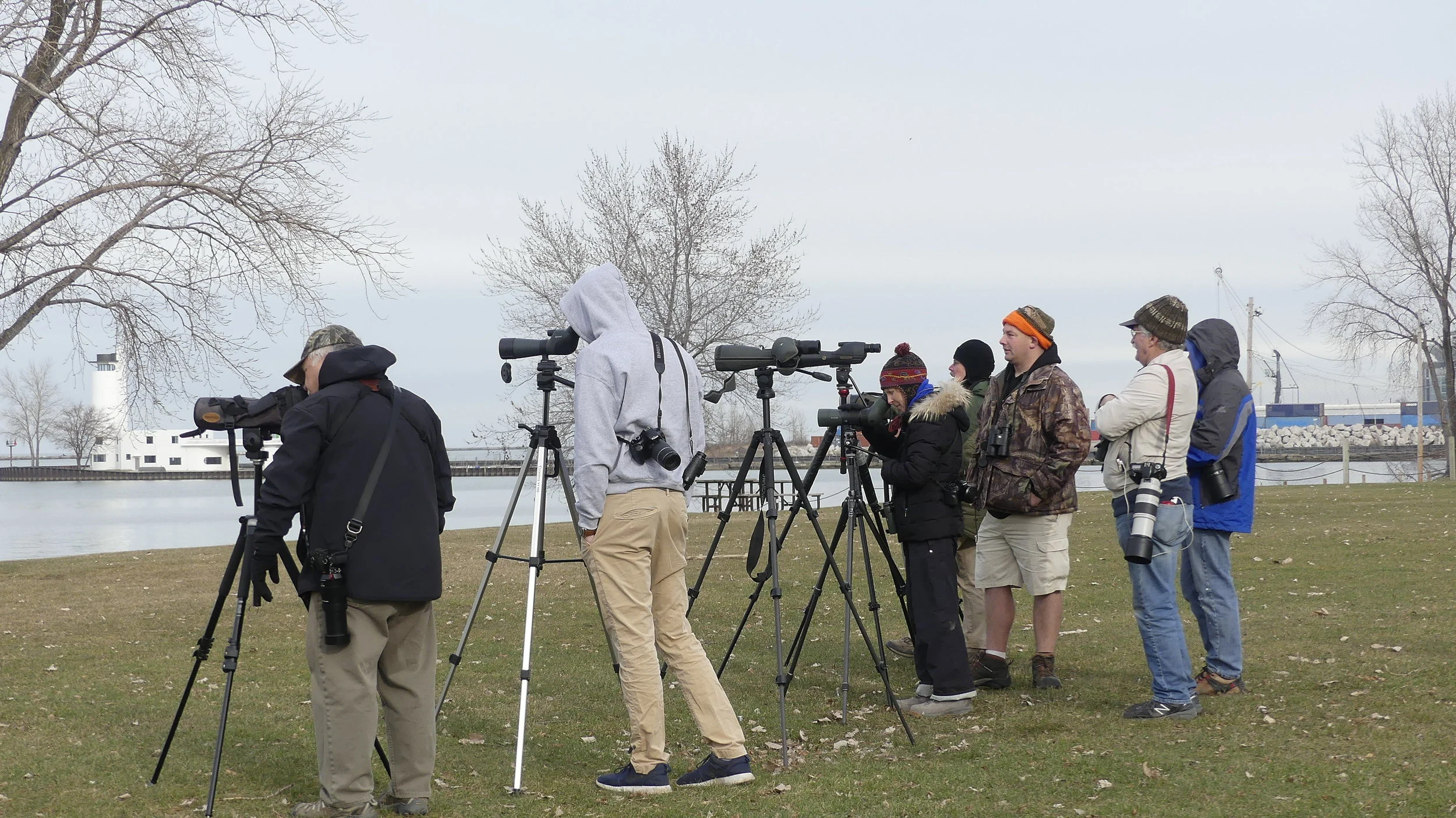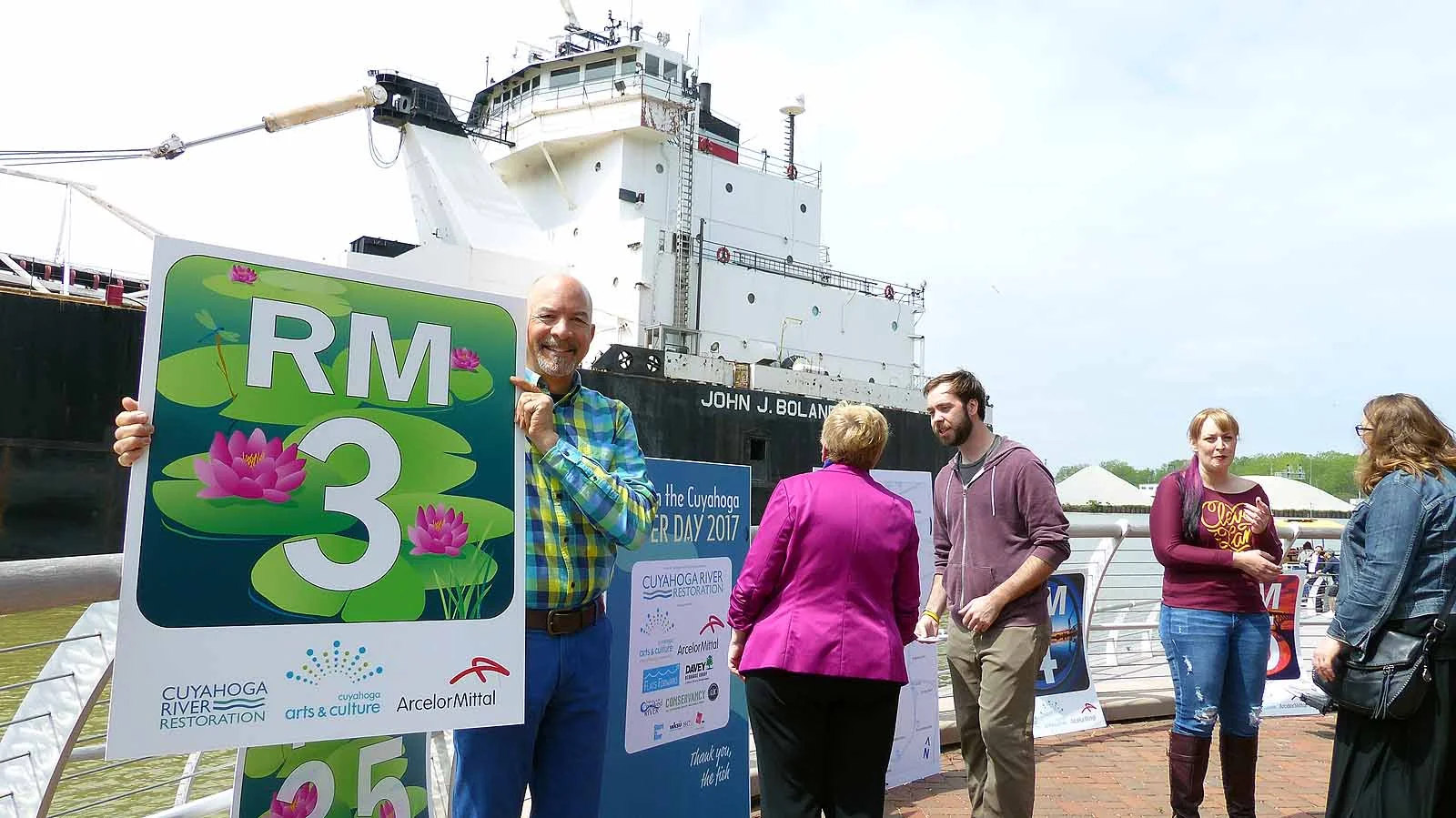Earth Day - this is Cleveland's Cuyahoga River NOW!
/Ahhh it’s been 54 years since the first Earth Day. You may participate in a beach clean-up, plant a tree or flowers, or any number of infinite ways to recognize and celebrate a time when concerns about environmental pollution led to a nationwide grassroots response in 1970.
Image by bill roverts (1964)
Many think-pieces will reference the relatively minor fire on the Cuyahoga River that received national attention (along with an erroneous photo) after Time Magazine ran a short but devastating piece.
We do wish more journalists (and their editors) would flip the script and instead of looking back on the bad old days, they take a look at the ONE river in the world that can elegantly and directly speak to how far the ecological movement has come for a variety of reasons.
the value of common sense environmental regulations like the Clean Water Act (CWA) and the Great Lakes Water Quality Agreement (GLWQA)
the positive impact of large remediation investments the public has made via EPA funding (i.e. community development following delisting of the Ashtabula AOC) that turned the Cuyahoga River from a river the city turned its back on into a place people want to use as their front porch.
How large investments in stormwater infrastructure have improved the river’s and Lake Erie’s health (looking at you Northeast Ohio Regional Sewer District!)
the substantial catalytic impact a revitalized natural resource has had on the regional economy and quality of life for Cleveland's citizens and Ohio’s coastal communities.
We wish more journos and editors would show the Cuyahoga as it is used TODAY (as the images below show) and yes, our 6th Annual Blazing Paddles Paddlefest is the PR event and photo-op reminder of the industrial strength fun paddlers can have on a revitalized natural resource that has been transformed from a pipeline for industrial waste into a conduit for tourism and recreation! That’s a great example of how environmental stewardship is good business!
Be part of our annual celebration of the comeback Cuyahoga River by registering for our June 22, 2024 Blazing Paddles Paddlefest today. Save $10 until April 27 by using the promo code EarthDayBPP. We WILL sell out so please register soon!
Blazing Paddles Paddlefest 2019 (Ken Busch)
blazing paddles paddlefest 2021 (ron skinner)
blazing paddles paddlefest (brett fisher)
blazing paddles paddlefest 2022 (drone ohio)
blazing paddles paddlefest (Tom Hart)


















